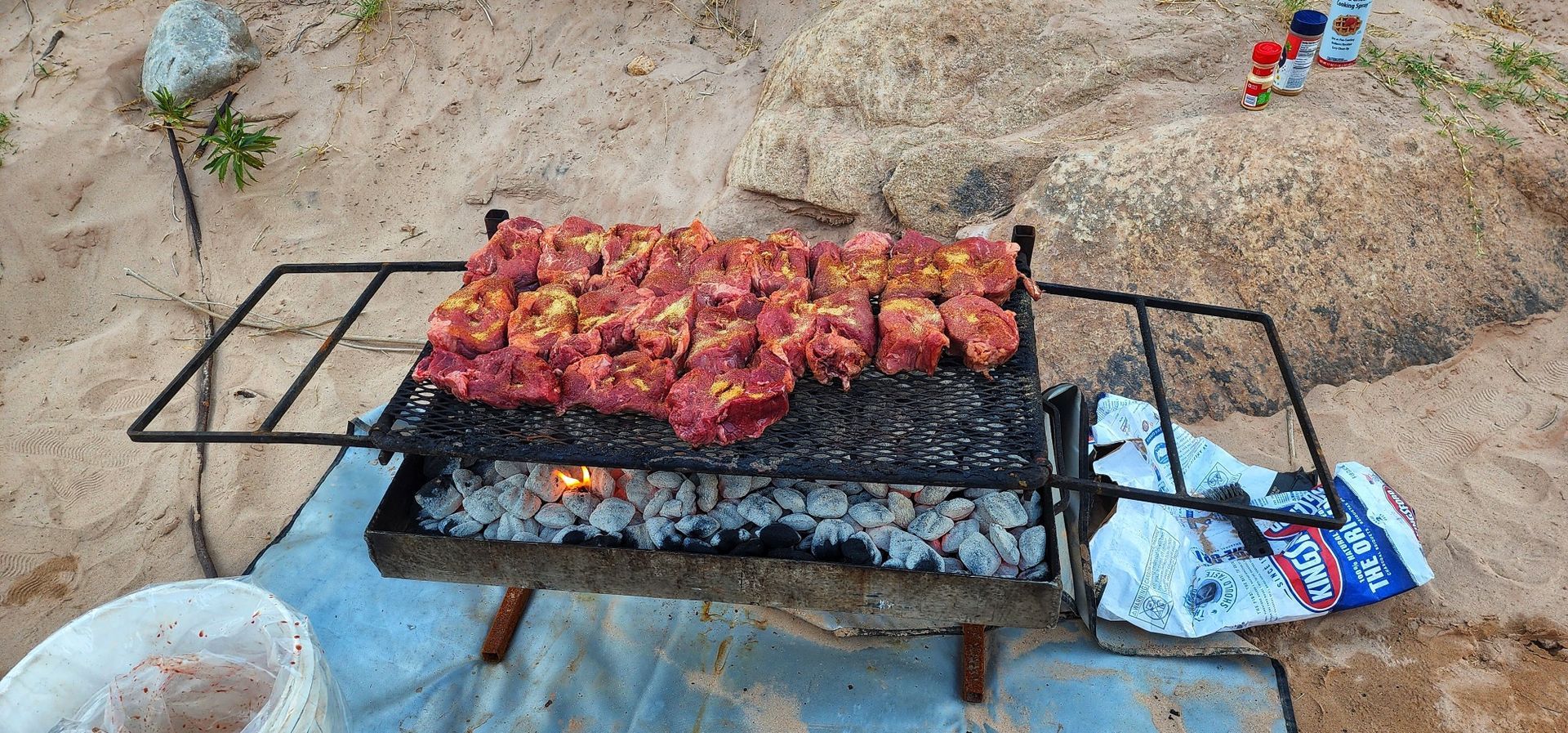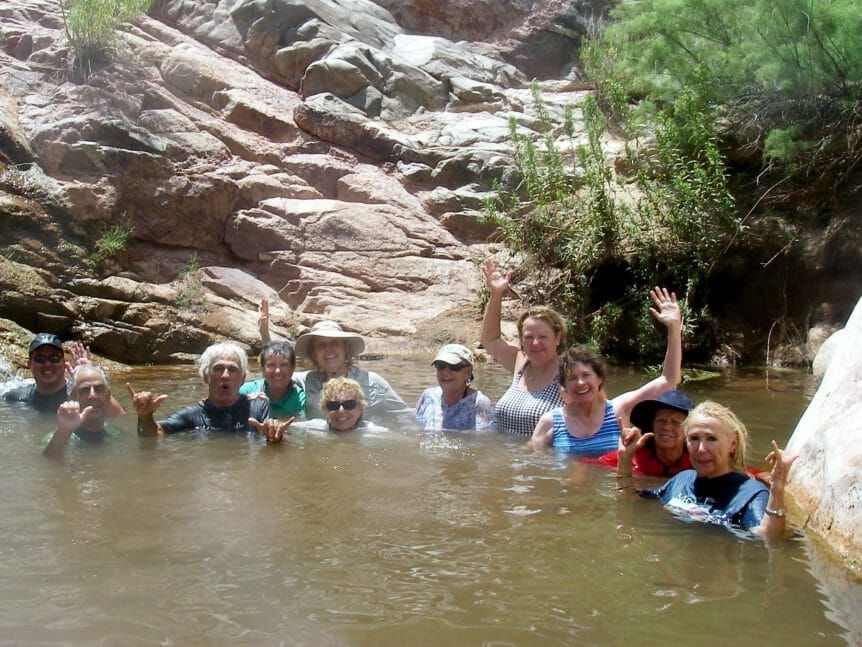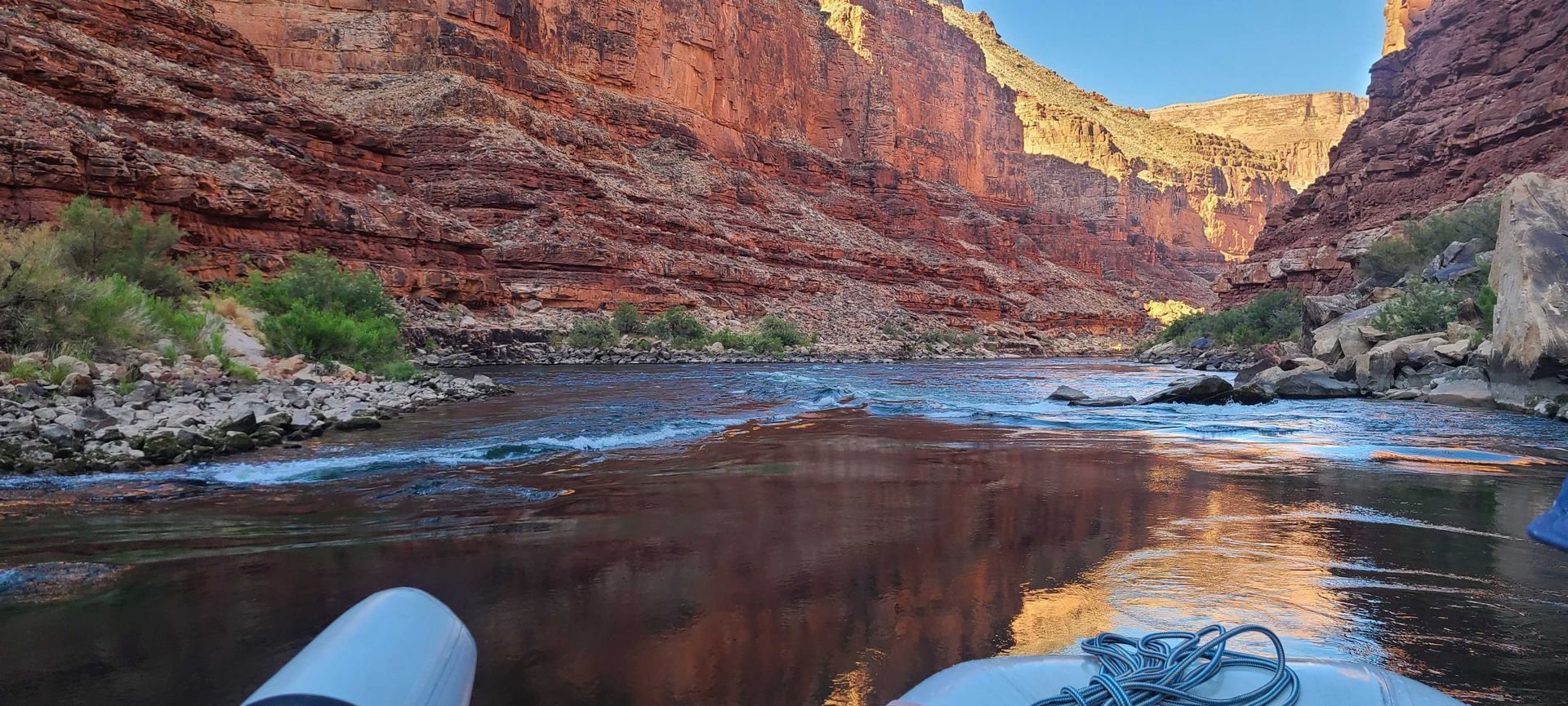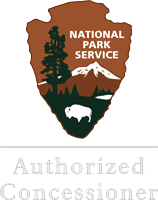Mule Deer in the Grand Canyon: Wildlife You’ll See on the River
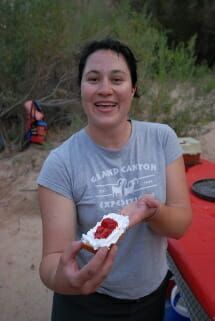
The Grand Canyon is full of life. As you travel the Colorado River, you’ll notice animals everywhere. Bighorn sheep climb the cliffs, blue herons glide over the water, and sometimes a quiet Mule Deer appears near the banks. These moments remind every traveler how alive the canyon really is.
About the Mule Deer
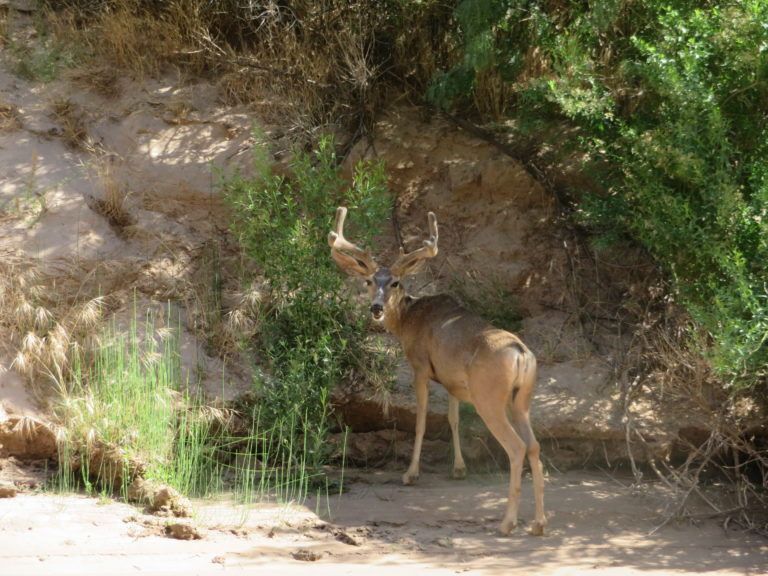
There are about 80,000 to 100,000 Mule Deer in Grand Canyon National Park. Their large ears, calm eyes, and steady movements make them easy to recognize during rafting or hiking trips.
Key Facts
- Scientific name: Odocoileus hemionus
- Color: Brown to gray, depending on the season
- Tail: White with a black tip
- Height: 31–42 inches
- Weight: Up to 200 pounds
- Fawns: Born with light-colored spots
You’ll often see them near the river at sunrise or sunset when the air is cooler and the light is soft.
Behavior and Diet
Mule Deer eat shrubs, grasses, nuts, and berries. Their antlers grow each year, first covered in soft velvet that they rub off on trees before shedding them in spring. During the day they rest in shaded spots, using their large ears to release heat. As evening comes, they start moving again.
On a Grand Canyon Dory Trip, it’s common to spot a Mule Deer standing quietly near the water. Early morning sightings are often the most peaceful part of the journey.

Reproduction and Life Cycle
The breeding season happens in winter, and fawns are born in late spring or early summer after about 190 days of gestation. Twins are common. During rafting season, travelers sometimes see mothers guiding their young along the shoreline.
If you’re curious about the canyon’s plants and animals, join the Grand Canyon Ecology Expedition. Naturalist guides share stories and facts about wildlife, geology, and how the canyon’s ecosystems connect.
Where to See Mule Deer
Mule Deer prefer areas near water, cliffs, and shaded vegetation. Your best chances to see them are:
- Around sunrise or sunset
- Near creeks, rivers, and green areas
- Close to campsites during spring and summer
If you enjoy wildlife photography, try a Grand Canyon Photography Tour. These tours offer great chances to photograph animals in natural light.
Other Animals You Might See
The Mule Deer is only one of many animals in the canyon. You might also see:
- Desert bighorn sheep
- Great blue herons
- Ringtail cats
- California condors
A Grand Canyon River Rafting Trip gives you a close look at this amazing mix of wildlife.
Plan Your Grand Canyon Wildlife Experience
Watching a Mule Deer move through shallow water or rest beneath canyon walls is unforgettable. These quiet encounters show how much life thrives in this vast landscape.
Plan your next adventure with a Dory Trip or an Ecology Expedition. Both experiences bring you closer to the Grand Canyon’s wildlife and its natural beauty.
FAQs About Mule Deer in the Grand Canyon
What kind of deer live in the Grand Canyon?
The Grand Canyon is home to the Mule Deer (Odocoileus hemionus). You can recognize it by its large ears and calm movements near the river.
When is the best time to see Mule Deer during a rafting trip?
They’re easiest to spot in the early morning and late afternoon, especially in spring and summer when food and water are plentiful.
